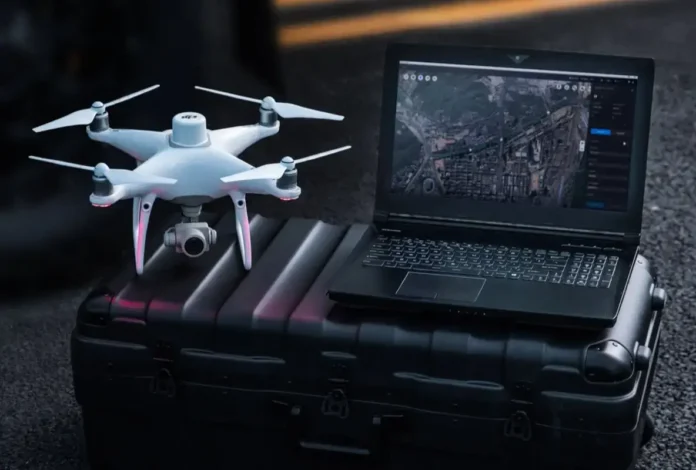In the dynamic world of drone technology, software stands at the forefront, propelling these devices from simple aerial vehicles to complex, autonomous systems capable of intricate tasks and navigation. This evolution owes much to the development of advanced software solutions, ranging from flight control algorithms to sophisticated data processing techniques. Traditionally, Simulink has been a go-to tool for designing and simulating these critical systems, but the quest for a Simulink alternative has unveiled a plethora of software options, each contributing uniquely to the drone’s capabilities.
The Heart of Drone Operations: Flight Control Systems
Central to a drone’s functionality is its flight control system, which relies heavily on software to manage flight dynamics, sensor integration, and command execution. Algorithms within this system ensure stability, guide navigation, and enable the drone to respond to environmental changes. While Simulink has been instrumental in this domain, its complexity and cost have led developers to seek a Simulink alternative that can offer a balance of performance, user-friendliness, and affordability.
Broadening the Horizon with Simulink Alternative
The search for a Simulink alternative has encouraged the exploration and adoption of various platforms, from open-source environments to specialized software tailored to drone development’s unique challenges. These alternatives often provide comparable functionality, supporting numerical computation, algorithm development, and system simulation critical for drone technology. By embracing these diverse tools, developers gain access to a wider range of possibilities for innovation and customization in their drone projects.
Enhancing Autonomy with AI and Machine Learning
Drones are increasingly leveraging artificial intelligence (AI) and machine learning to achieve greater autonomy and operational efficiency. These technologies enable drones to process and learn from their surroundings, make split-second decisions, and adapt to unforeseen challenges. While Simulink has laid the groundwork for incorporating these algorithms, a Simulink alternative focused on AI and deep learning, such as TensorFlow or PyTorch, offers specialized capabilities for developing advanced autonomous functions.
Data Processing and Analysis: Beyond Flight
Beyond their flying capabilities, drones serve as potent data collection tools, capturing valuable information across various applications. The software is key to processing and analyzing this data, transforming it into actionable insights. Here, a Simulink alternative can include powerful data analysis libraries and visualization tools, enabling developers to work efficiently with large datasets and complex analyses, thereby maximizing the utility of drone-collected data.
The Future of Drone Capabilities
As drone technologies advance, the significance of software in unlocking and enhancing these capabilities continues to escalate. The exploration for a Simulink alternative is indicative of the growing software ecosystem supporting drone development. This ecosystem not only addresses the technical needs of drone creation but also fosters innovation, allowing for the development of more capable, autonomous, and integrated drones that promise to revolutionize various sectors.
In conclusion, the progression from simple remote-controlled devices to highly autonomous drones is deeply entwined with software advancements. The pursuit of a Simulink alternative is reflective of a broader movement towards leveraging diverse and specialized software solutions in drone development, setting the stage for future innovations and applications in this thrilling field.


